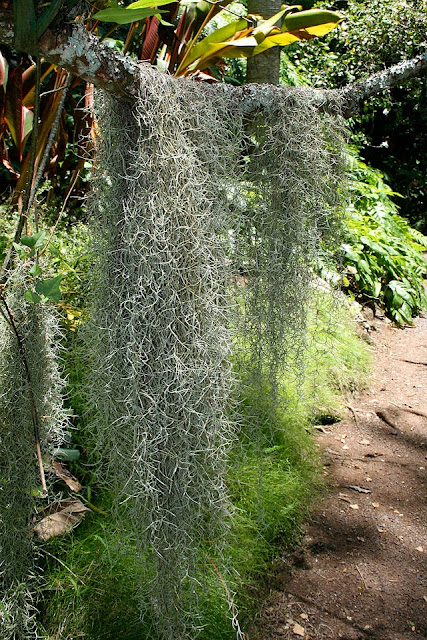 |
| Image credit - http://electricfertilizer.com/ |
The common sunflower - Helianthus annuus is a gorgeous large-flowered annual with large daisy-like blooms. Grown commercially for its edible oil and seeds they are a common sight come late summer in many warm-temperate or subtropical regions. Believed to have been first domesticated in in Mexico around 2600 BC, the sunflower made its way to Europe in the 16th century. Depending on the cultivar, most ornamental varieties with grow to between 1 and 3 metres although specific giant sunflower varieties can grow anywhere from 4 meters upwards!
 |
| Image credit - http://blog.cameronleger.com/ |
Although you can purchase small bedding sunflowers in late spring, most sunflower cultivars are grown from seed. Station sow the seeds outdoors where they are to flower in March or April. Choose a sunny position preferably in a fertile, moist, well-drained soil that has been improved with a heavy mulch and work in a slow release granular fertilizer .Rake to a fine tilth before sowing and set 2 or 3 seeds per station. Gently water in and expect the seeds to germinate in 3 weeks or so. When they are large enough to handle thin out the two weaker seedlings to leave the strongest.
For really giant sunflowers, sow them indoors in late winter/early spring, individually into 3 inch pots at a temperature of between 15-18 Celsius. Grow on in bright conditions but out of direct sunlight. Once the threat of late frosts have passed harden off the seedlings before planting outside into their final position.
Feed often with a water soluble fertilizer and water regularly during dry periods and over the summer.
For related articles click onto the following links:
HOW DO YOU GET SUNFLOWER SEEDS OUT OF A SUNFLOWER?

















































